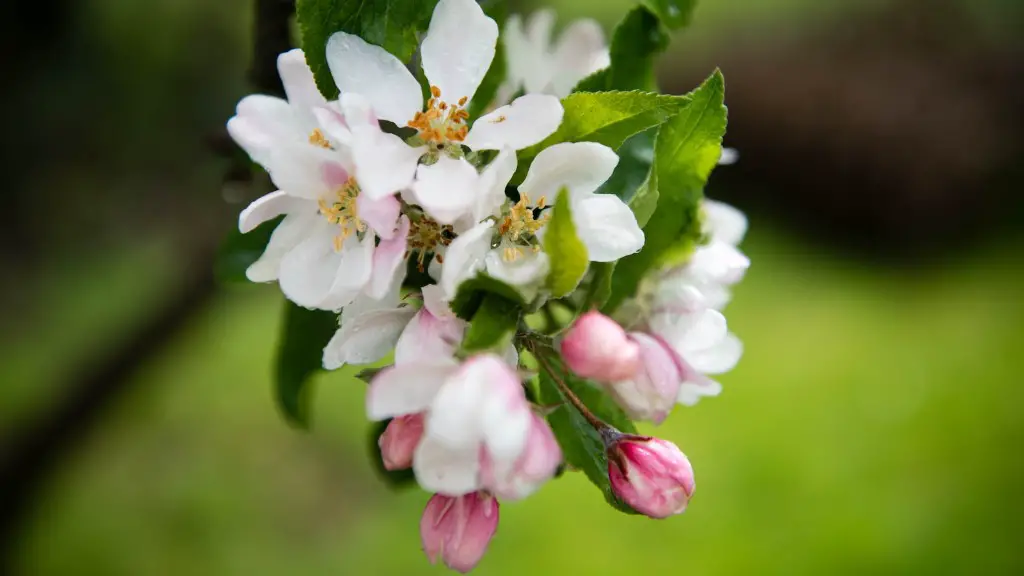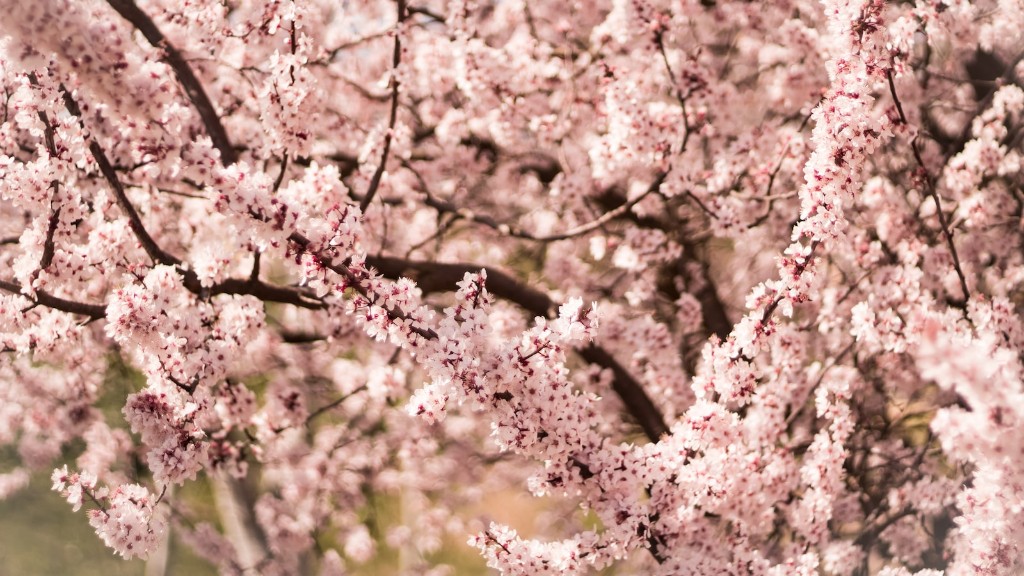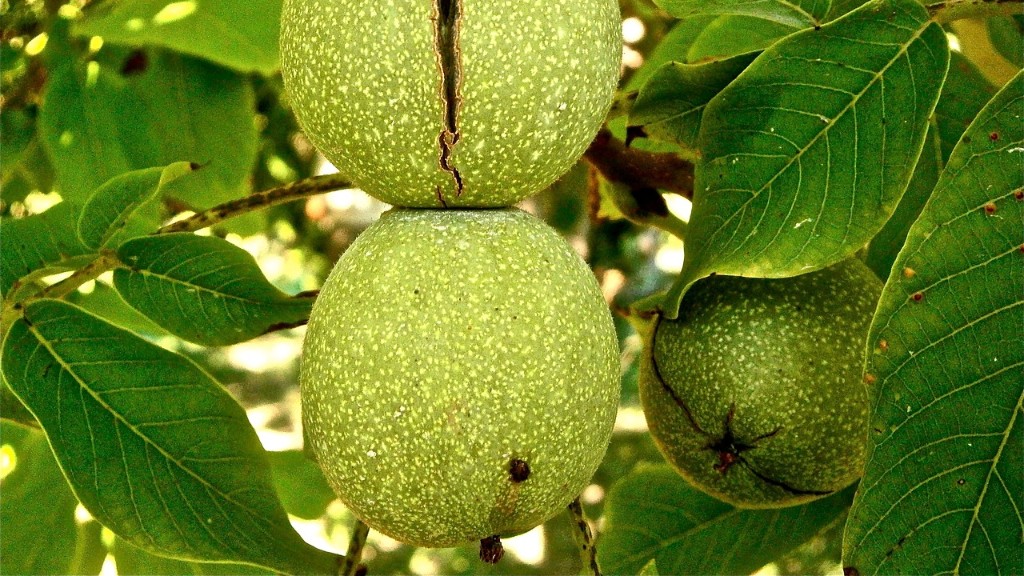Palm trees are highly sought after by gardeners, as they add a beautiful tropical element to yards and gardens. Unfortunately, they can be very difficult to maintain due to their rapid growth and spread. It’s not uncommon for gardeners to be overwhelmed by the wild and untamed growth of palm trees, especially when trying to keep them in check. One of the biggest problems gardeners will experience with palm trees is the development of palm tree shoots. These shoots can be unsightly and can even threaten the life of the tree itself. If gardeners want to keep their palm trees looking great and ensure the longevity of their trees, they need to know how to kill palm tree shoots.
The first step in killing palm tree shoots is to identify them. Palm tree shoots are small sprouts or spikes that grow out of the sides or trunk of a palm tree. They will usually be much thinner and less established than the palm trunk and often have a green or white hue. Once identified, the next step is to cut back the shoots.
Care should be taken when cutting back palm tree shoots, as improper removal can damage the palm tree. Trim the shoots using garden shears or a sharp pruning knife. Use a ladder to reach the shoots if the tree is tall. Cut the shoots as close to the upper trunk as possible, without actually chopping into the palm tree’s trunk. Dispose of the shoots immediately in the trash.
Another way to kill palm tree shoots is to apply a herbicide. This will kill the shoots right away, and it will also prevent them from growing back. Spraying herbicide directly onto the shoots should be avoided, as it can damage the palm tree. Instead, a weed killer should be sprayed around the base of the tree to keep the shoots from regrowing.
A third option is to physically dig up the shoots. Use a digging tool or shovel to loosen up the soil around the shoots. Then, carefully remove the shoots from the soil and discard them. You can also apply a herbicide to the shoots after they have been removed to ensure that they do not regrow.
It is important to know that killing palm tree shoots is a preventative measure rather than a cure. Once the shoots have been removed, the best way to prevent them from returning is to limit the amount of nutrients that the shoots have access to. This means making sure that the tree is getting enough sun, water, and nutrients. Cutting back overly long fronds and pruning off dead fronds can also help by ensuring that the tree has better access to sun and air.
Fertilizing the Palm Tree
It is important to fertilize the palm tree regularly to maintain a healthy growing environment. Organic or slow-release fertilizers are the best choice, as they provide the tree with necessary nutrients over a longer period of time. It is recommended to fertilize the palm tree every six to eight weeks and adjust the frequency based on seasonal changes.
Fertilizers should be selected carefully. Choose one that is suitable for palm trees and contains a variety of essential nutrients, such as nitrogen, potassium, and magnesium. A good fertilizer should be applied directly to the soil at the base of the tree, rather than on the fronds or leaves.
It is also important to fertilize the soil around the base of the tree. Palm trees need well-draining soil to be healthy and this should be provided by mixing in organic compost or mulch. This will also improve the soil’s nutrient level and help to prevent the palm tree shoots from growing back.
Selecting a Suitable Variety for Your Climate
When selecting a palm tree, it’s important to choose one that is suitable for your region’s climate. Different varieties of palm trees have adapted to different types of climates over the centuries. Cold-tolerant varieties, like the queen or sylvester palms, can survive in cooler climates. But in warmer climates, such as in Florida and California, a variety like the coconut or date palm would be more suitable.
It is also important to choose a tree that is well adapted to growing in your area. Different palm tree species have different watering requirements, so make sure to choose a species that is well adapted to your soil type. If the palm tree is too wet or too dry, it will be more prone to developing palm tree shoots.
It is also important to choose a tree that is pest-resistant. Many palm tree varieties are prone to infestations from insects or other pests, so it is important to choose one that has a history of being pest-free. While there is no way to guarantee that a palm tree won’t be attacked by insects, selecting a pest-resistant variety will help to reduce the risk.
Controlling Weeds Around the Tree
Weeds can consume valuable space and mineral resources that would otherwise be available to the palm tree. It is important to keep the area around the tree free of weeds in order to prevent them from competing with the tree for sunlight and water. Using a weed killing spray or a weed removal tool is the best way to get rid of weeds around the palm tree.
If weeds are left unchecked, they can also encourage the growth of palm tree shoots. It is important to keep the weeds away from the palm tree’s roots, as this will help to reduce the tree’s susceptibility to palm tree shoots.
It is important to apply herbicides or pesticides safely. Always wear protective clothing and gloves when handling herbicides or pesticides. Pay particular attention to the trees’ roots, as these are extremely sensitive and vulnerable. Be sure to follow the directions on the product label and take care to avoid any runoff or overspray.
Protecting the Tree’s Bark and Roots
In order to prevent palm tree shoots from growing, it is important to protect the tree’s bark and roots. Mulching around the tree is an effective way to reduce the moisture level in the soil and help protect the bark from cracking. Mulch should be applied in a semi-circle around the tree, taking care to avoid the trunk and roots.
To protect the roots from damage, it is important to avoid activities like digging and tilling near the tree. For example, it is best to avoid building any type of raised bed or flower bed. Additionally, trimming the roots too deeply can damage the roots and make the tree more susceptible to palm tree shoots.
It is also important to prune and trim the palm tree periodically. Pruning the tree will keep it looking attractive and can also help to reduce the risk of disease and pest infestation. When trimming the tree, it is important to avoid ragged cuts, as these can damage the tree’s trunk and bark.
Conclusion
Killing palm tree shoots can be a challenging but rewarding task. With proper care and maintenance, palm trees can be a beautiful addition to any garden and can provide years of pleasure. With the right techniques and materials in hand, gardeners can be sure that their palm trees stay healthy and free of palm tree shoots.




